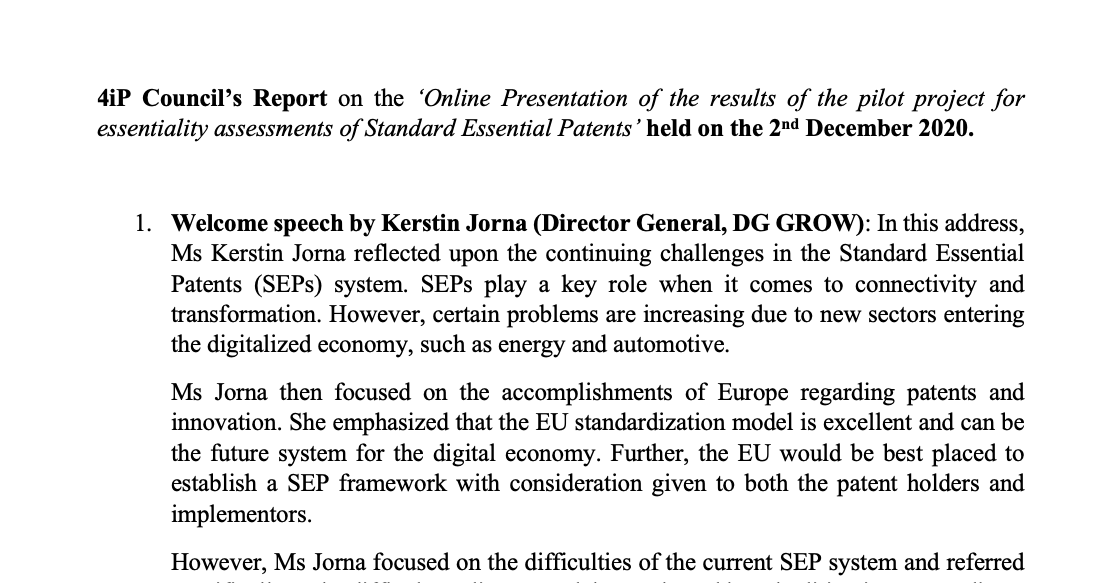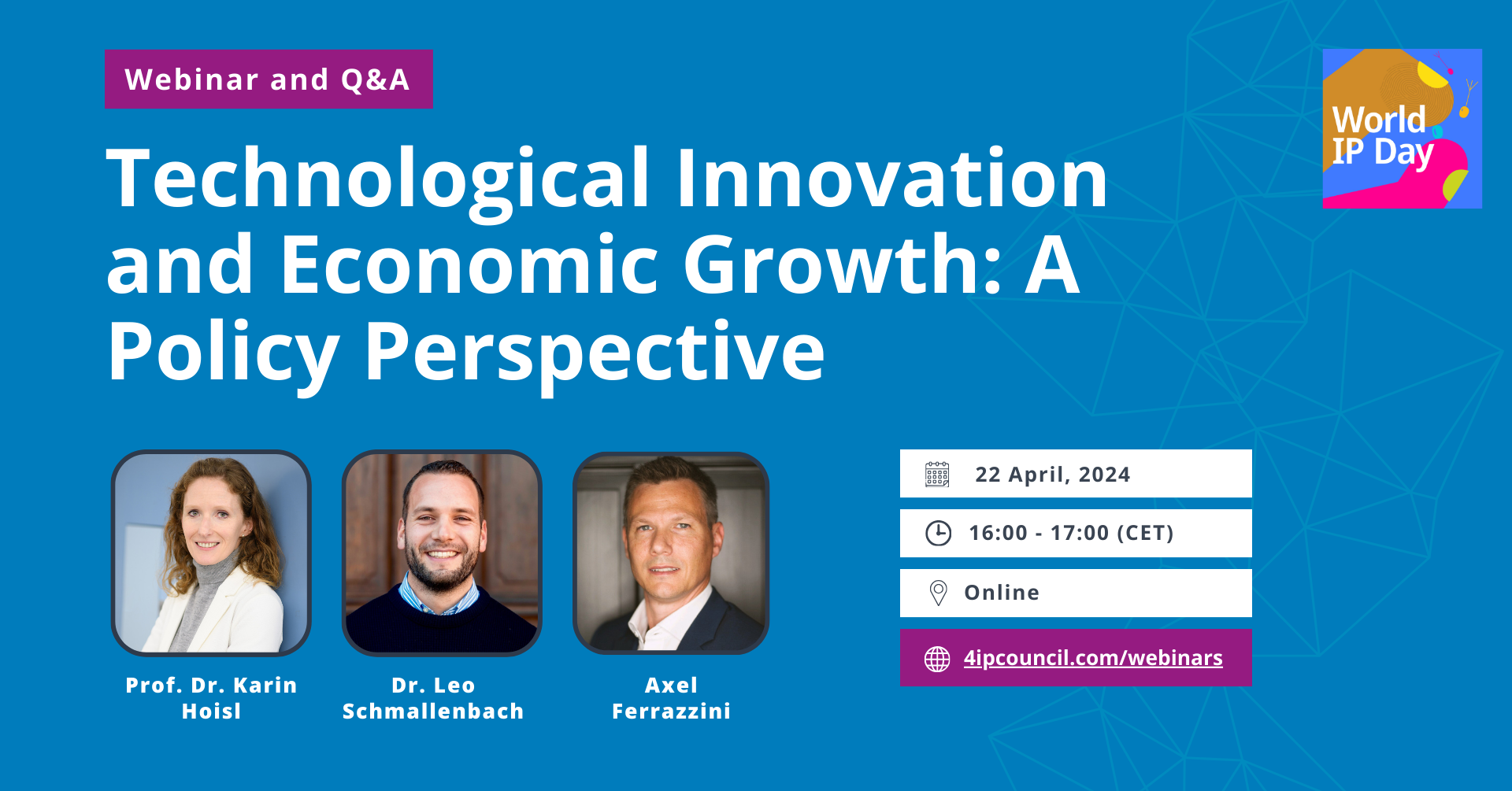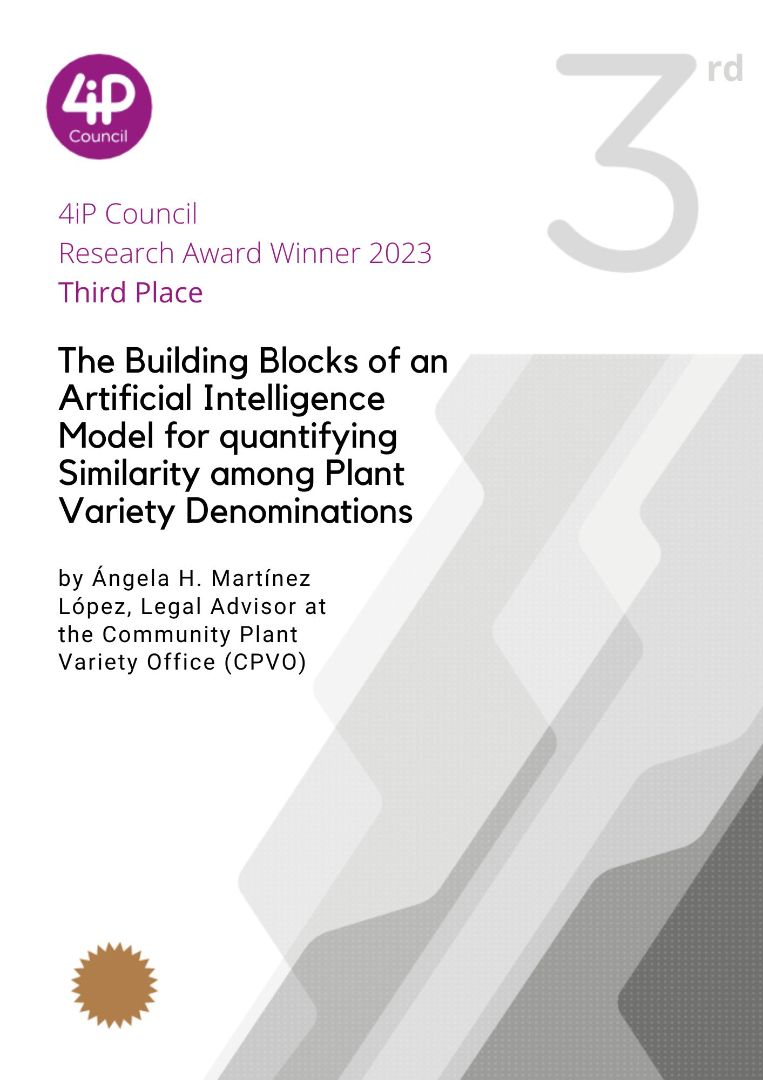4iP Council’s Report on the ‘Online Presentation of the results of the pilot project for essentiality assessments of Standard Essential Patents’ held on the 2nd December 2020.
1. Welcome speech by Kerstin Jorna (Director General, DG GROW): In this address, Ms Kerstin Jorna reflected upon the continuing challenges in the Standard Essential Patents (SEPs) system. SEPs play a key role when it comes to connectivity and transformation. However, certain problems are increasing due to new sectors entering the digitalized economy, such as energy and automotive. Ms Jorna then focused on the accomplishments of Europe regarding patents and innovation. She emphasized that the EU standardization model is excellent and can be the future system for the digital economy. Further, the EU would be best placed to establish a SEP framework with consideration given to both the patent holders and implementors. However, Ms Jorna focused on the difficulties of the current SEP system and referred specifically to the difficulty to license and the costly and lengthy litigation proceedings, which are in particular detrimental for SMEs. Further, Ms Jorna mentioned, without transparency the market is dysfunctional. There is a lack of transparency regarding the essentiality of declared patents as users cannot understand whether they are essential or not. The Commission tried in the pilot project to create more transparency (from the technical and institutional point of view).
2. Nikolaus Thumm (TU Berlin): Mr Thumm’s presentation began by explaining the importance of this study as part of the EU strategic plan. He then focused on the growing relevance of SEPs due to the rise of the Internet of Things. As a result, there are a lot of difficulties for new players who do not have technical knowledge on intellectual property and, in particular, for SEPs. Moreover, they face high cost and complexity. Thus, the aim is to create more knowledge, accessibility, and certainty in SEPs licences. Mr Thumm concluded that the essentiality assessment was proven to be possible and effective for optimal diffusion of SEPs.







